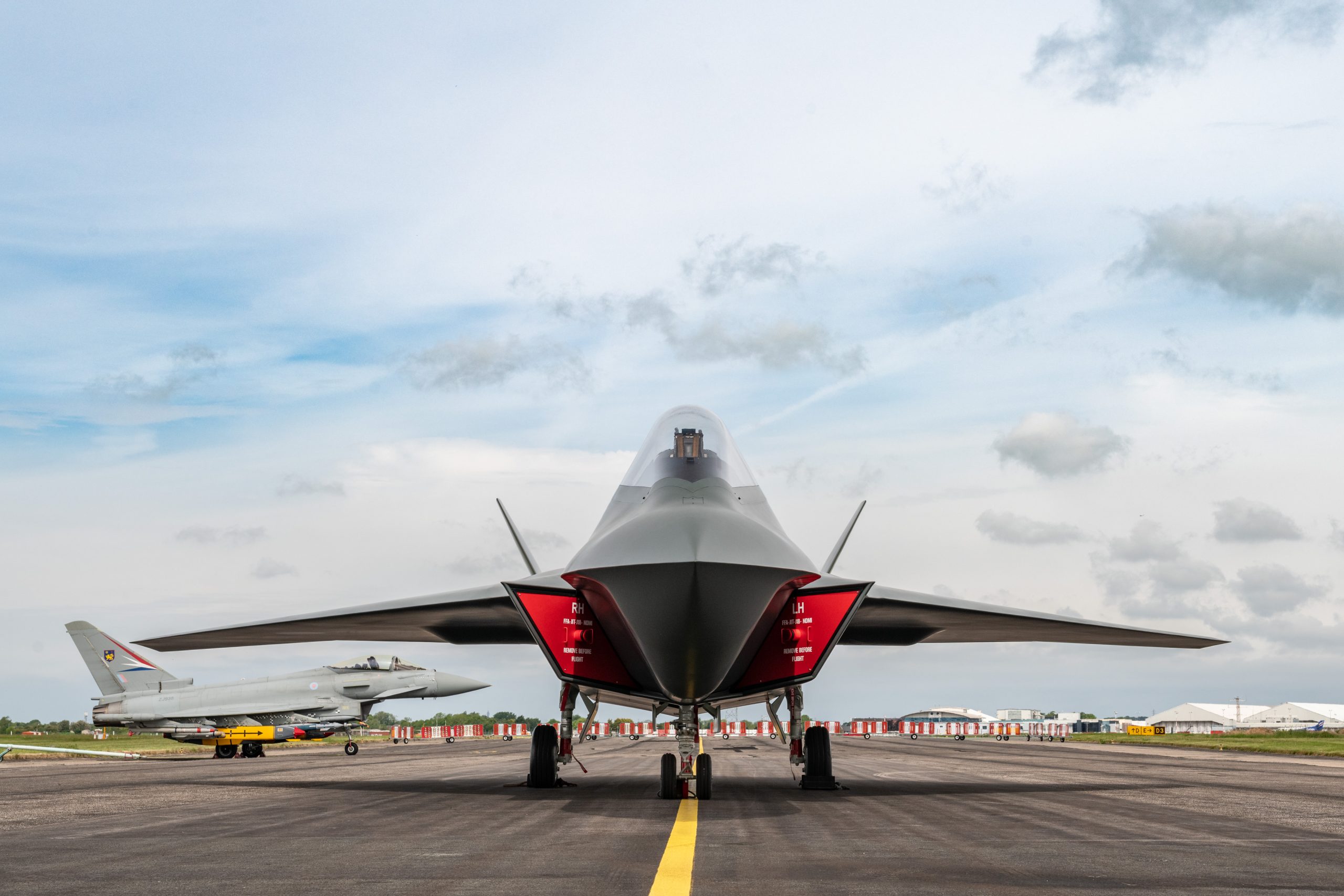Defense, because Italy must not waste time on the Tempest

The comment by Michele Nones, vice president of Iai (Istituto Affari Internazionali), on Italy's delays in defining participation in the Tempest program
The program for a sixth generation air superiority aircraft was launched by the UK in July 2018 under the name Tempest and with an initial budget of £ 2 billion until 2025 (around € 2.2 billion). It might seem like a premature decision, taking more than fifteen years to get to the first flight, but the lessons learned over the past fifty years confirm that decisions need to be made far in advance.
The Eurofighter / Typhoon, the aircraft to be replaced, is now in full operational life and new, more advanced versions are being developed. Its development began in 1983 and its first flight took place in 1994, but it became operational in 2003, twenty years later. Previously, development for the Tornado began in 1969 with the first flight in 1974 and entry into service in 1979, ten years later. More recently the development of the F-35 aircraft began in 1996 and the first flight was in 2006, but only in 2016 it became operational, twenty years later.
THE TIMES OF THE NEW GENERATION PROGRAMS
The average time to develop a new generation of aircraft is therefore around twenty years. And the more technologically advanced the project, the longer it takes. Today there are two further difficulties than in the past that tend to lengthen development times:
the speed of technological innovation is so high that an “open” approach must be envisaged and a flexible approach must be maintained in order to make the most of the results of the impetuous technological growth we are experiencing;
the changes in the strategic scenario are much more difficult to predict given the greater complexity and variability of the factors involved and also in this case it is necessary to maintain a much more flexible approach than in the past (with the inevitable negative consequences on the planning process of each new military program).
All the experiences gained show that only by looking far ahead can one arrive prepared for the moment in which the vehicles in service must begin to be replaced because they are no longer able to guarantee adequate performance for the primary need to guarantee the security and defense of the country and because the cost of maintaining them becomes anti-economic. Therefore, you must leave in time to arrive on time.
THE ITALIAN PARTICIPATION
It is no coincidence that in September 2019 Italy signed a letter of intent with the British Ministry of Defense to start collaboration in the new program. In the meantime, Sweden, in July, had already signed a bilateral agreement to participate in the program with its first initial allocation.
In September this year, the industries of the three countries reached an agreement to coordinate their activities with regard to aircraft, on-board systems, propulsion and armament.
But, for now, the Italian side has not yet come to define which funding to assign to the new program, much less to start providing it. And this is obviously essential in order to agree with the partners the level and content of our technological and industrial involvement.
The programs that aim, as in this case, at the generational leap are largely involved in defining the qualitative, quantitative, financial, temporal characteristics and the division of tasks. Being present from the beginning in supporting the cost of the program lays the foundations not only to influence its setting and evolution, but also to ensure an adequate technological and industrial role. Arriving later means having to accept the work already done by others and risk not being able to enhance your skills.
THE TEMPEST PROGRAM
In the case of the Tempest program, one of the biggest challenges is linked to its digitization and digital integration with other defense systems, similar to the F-35 aircraft, but, in this case, aiming to guarantee European technological sovereignty (and, ironically fate, this will happen above all on the push of a country that is leaving the Union, but which is and will remain European).
This new "systemic" approach is linked to the availability of electronic technologies that will require lengthy developments and checks to become operational. The fact that they have largely not been shared by our American partners in the F-35 program will therefore require a significant effort in terms of product and process innovation. This is also why its financing should start today, not tomorrow.
Fortunately, this is not a huge amount at this stage. The UK has earmarked an annual budget of around € 300 million for seven years. Also considering the Swedish participation, the financing would certainly be sustainable for a medium power like Italy. However, our government must understand that, especially in this moment of economic crisis, a timely decision would benefit an important part of our industrial structure and would contribute to the relaunch of the overall technological innovation of our country, involving large, medium and small businesses and multiple sectors, from aeronautics to propulsion, from electronics to materials, from cybersecurity to artificial intelligence.
Consequently, it will allow a strong return of skills and development of enabling technologies for the Italian industry. This is why the decision cannot be made only by the defense, but by the entire government.
Article published on affarinternazionali.it
This is a machine translation from Italian language of a post published on Start Magazine at the URL https://www.startmag.it/innovazione/difesa-perche-italia-non-deve-perdere-tempo-sul-tempest/ on Sun, 18 Oct 2020 05:23:39 +0000.
